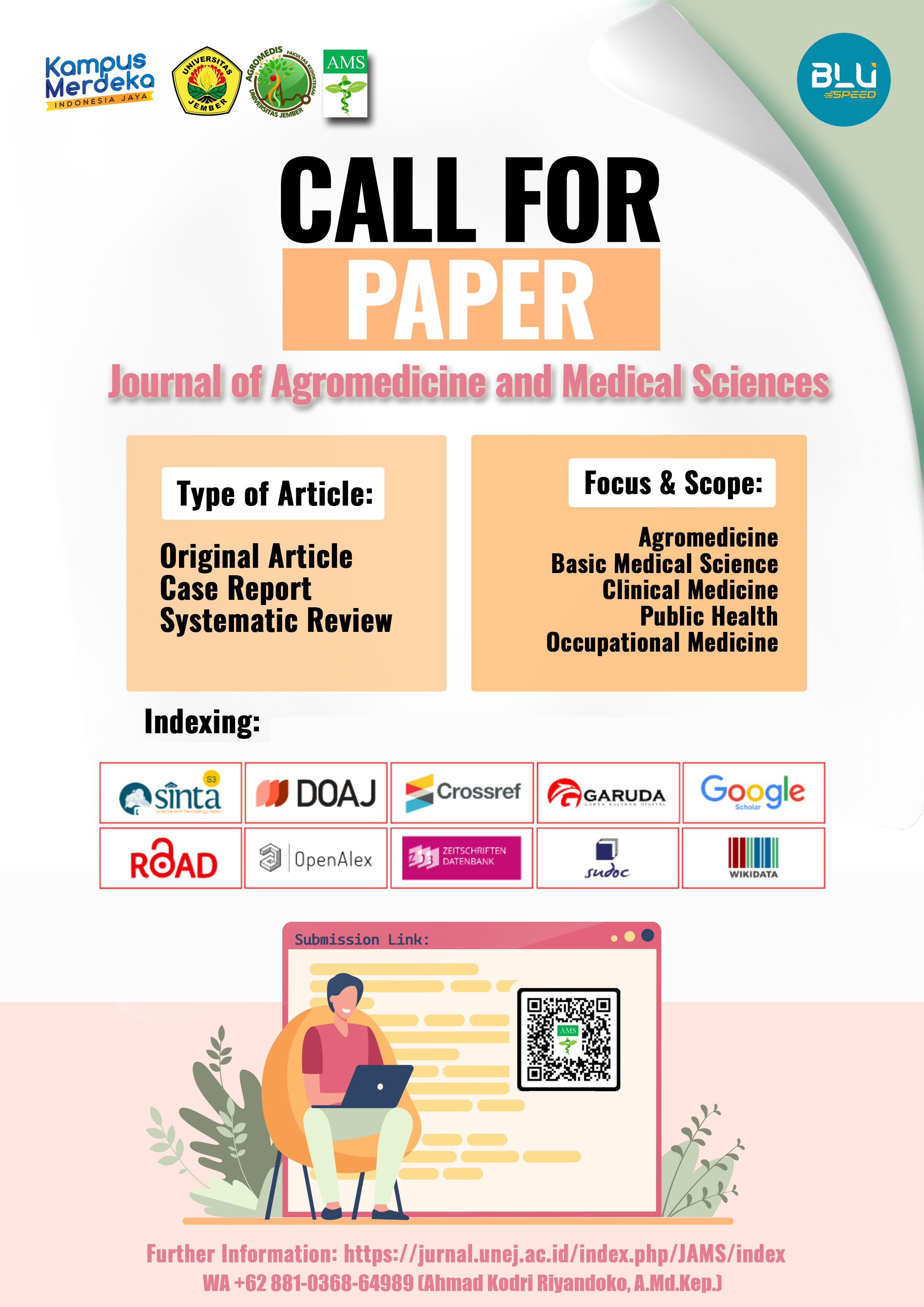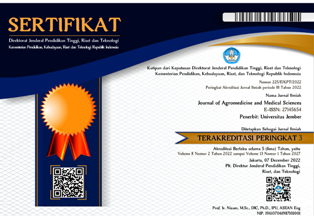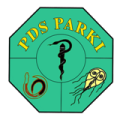Sexism and Attitude Toward Reporting of Child Sexual Abuse
a cross sectional study among teachers in Bali
Abstract
Long-standing sexism in the Balinese community, based on its traditional paternalistic culture, may become the main factor to underlie children's vulnerability for abuse. School teachers, considering their regularity to interact with children in schools, might play a significant role in early detection and intervention of such cases. We conducted a cross-sectional observational study by sampling Junior High School teachers in Denpasar as an initial effort to analyze the correlations between sexism and attitude toward reporting of child sexual abuse in Bali. Subjects were requested to complete the questionnaires Ambivalent Sexism Inventory (ASI) and a Teachers’ Reporting Attitude Scale for Child Sexual Abuse (TRAS – CSA). The two scales were then analyzed for correlations. The score of ASI Hostile sexism (HS) domain was inversely correlated with total TRAS-CSA, while a positive correlation was found between total TRAS-CSA score and total ASI Benevolent Sexism (BS) domain score for Paternalism subdomain. This research also pointed to the tendency of the Balinese sample to conduct the practice of benevolent sexism instead of hostile sexism. In correlation with teachers’ reporting for sexual abuse, cautions should be taken for possible inadequate reporting that might potentially lead to the chronicity of the abuse.
Keywords: attitude, reporting, child sexual abuse, sexism, teacher
References
Begany JJ dan Milburn MA. 2002. Psychological predictors of sexual harassment: Authoritarianism, hostile sexism, and rape myths. Psychology of Men & Masculinity, Vol 3(2), Jul 2002, 119-126.
Burn SM dan Busso J. 2005. Ambivalent Sexism, Scriptural Literalism, and Religiosity. Psychology of Women Quarterly; Volume 29, Issue 4, pages 412–418, December 2005.
Case, Kim A. 2007. Raising Male Privilege Awareness and Reducing Sexism: an Evaluation of Diversity Courses. Psychology of Women Quarterly; Volume 31, Issue 4, pages 426–435, December 2007.
Children's Bureau. (2021). Child Maltreatment 2019: Summary and Key Findings. Retrieved from www.childwelfare.gov: https://www.childwelfare.gov/pubpdfs/canstats.pdf
Connelly K dan Heesacker M. Why Is Benevolent Sexism Appealing? Associations With System Justification and Life Satisfaction. Psychology of Women QuarterlyDecember 2012 vol. 36 no. 4 432-443.
Duran M, Moya M, dan Megias JL. 2014. Benevolent Sexist Ideology Attributed to an Abusive Partner Decreases Women’s Active Coping Responses to Acts of Sexual Violence. J Interpers Violence May 2014 vol. 29no. 8 1380-1401.
Fisher, Ann R. 2005. Women's Benevolent Sexism as Reaction to Hostility. Psychology of Women Quarterly, December 2006 vol. 30 no. 4 410-416.
Forbes GB, Adams-Curtis, White KB, Holmgren KM. 2003. The Role of Hostile and Benevolent Sexism in Women's and Men's Perceptions of the Menstruating Woman. Psychology of Women Quarterly Volume 27, Issue 1, pages 58–63, March 2003.
Glick P dan Fiske ST. 1996. The Ambivalent Sexism Inventory: Differentiating Hostile and Benevolent Sexism. American Psychological Association, Inc. 1996, Vol. 70, No. 3, 491-512 0022-3514.
Glick, Peter. 2013. BS at work: How Benevolent Sexism Undermines Women and Justifies Backlash. President & Fellows of Harvard College
King EB, Botsford W, Hebl MR, Kazama S, Dawson JF, dan Perkins A. 2012. Benevolent Sexism at Work Gender Differences in the Distribution of Challenging Developmental Experiences. Journal of Management November 2012 vol. 38 no. 6 1835-1866.
Majstorović D dan Lassen I. 2011. Living with Patriarchy: Discursive constructions of gendered subjects across cultures. John Benjamins Publishing Company.
Masser B, Viki GT, dan Power C. 2006. Hostile Sexism and Rape Proclivity Amongst Men. Sex Roles April 2006, Volume 54, Issue 7-8, pp 565-574
Pereda N, Guilera G, Forns M, Gomez-Benito J. 2009. The International epidemiology of child sexual abuse: A continuation of Finkelhor (1994). Child abuse & Neglect June 2009, Vol. 33(6): 331-342
Rowan, Edward L. 2006. Understanding Child Sexual Abuse. Journal of Personality and Social Psychology
Stoltenborgh M, van IJzendoorm MH, Euser EM, Bakermans-Kranenburg MJ. 2011. A global perspective on Child Sexual Abuse: Meta-Analysis of Prevalence around the world. Child Maltreatment May 2011 vol. 16 no. 2 79-101
Sumner, S. A., Mercy, A. A., Saul, J., Motsa-Nzuza, N., Kwesigabo, G., Buluma, R. ... Centers for Disease Control and Prevention (CDC) (2015) Prevalence of sexual violence against children and use of social services–Seven countries, 2007-2013. Morbidity and Mortality Weekly Report, 64(21), 565–569. Retrieved from ttp://www.cdc.gov/mmwr/pdf/wk/mm6421.pdf.
Walsh KM, Rassafiani M, Mathews BP, Farrell A, dan Butler DA. 2010. Teachers’ attitudes toward reporting child sexual abuse : problems with existing research leading to new scale development. Journal of Child Sexual Abuse, 19(3). pp. 310-33
Xie, Q. W., Sun, X., Chen, M., Qiao, D. P., & Chan, K. L. (2017). What prevents Chinese parents from reporting possible cases of child sexual abuse to authority? A holistic-interactionistic approach. Child Abuse & Neglect, 19-31.

This work is licensed under a Creative Commons Attribution-ShareAlike 4.0 International License.








_ENG1.png)
_ENG1.png)



















